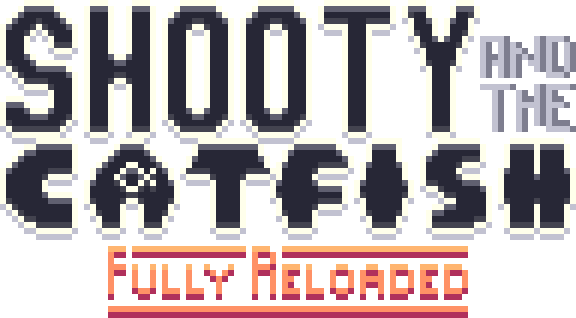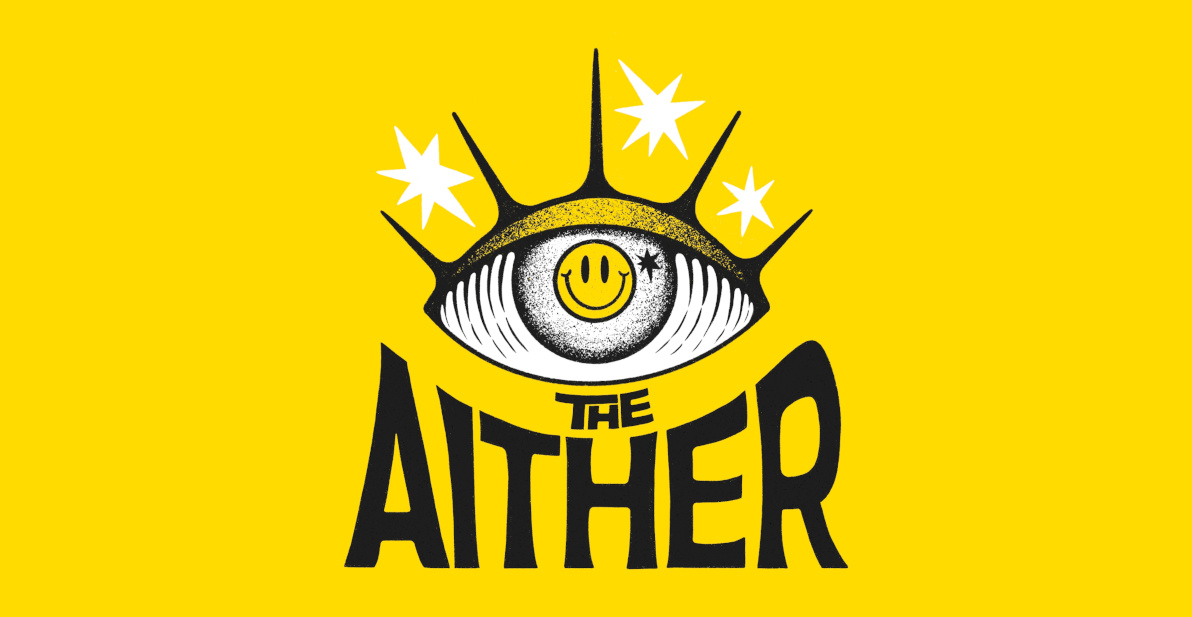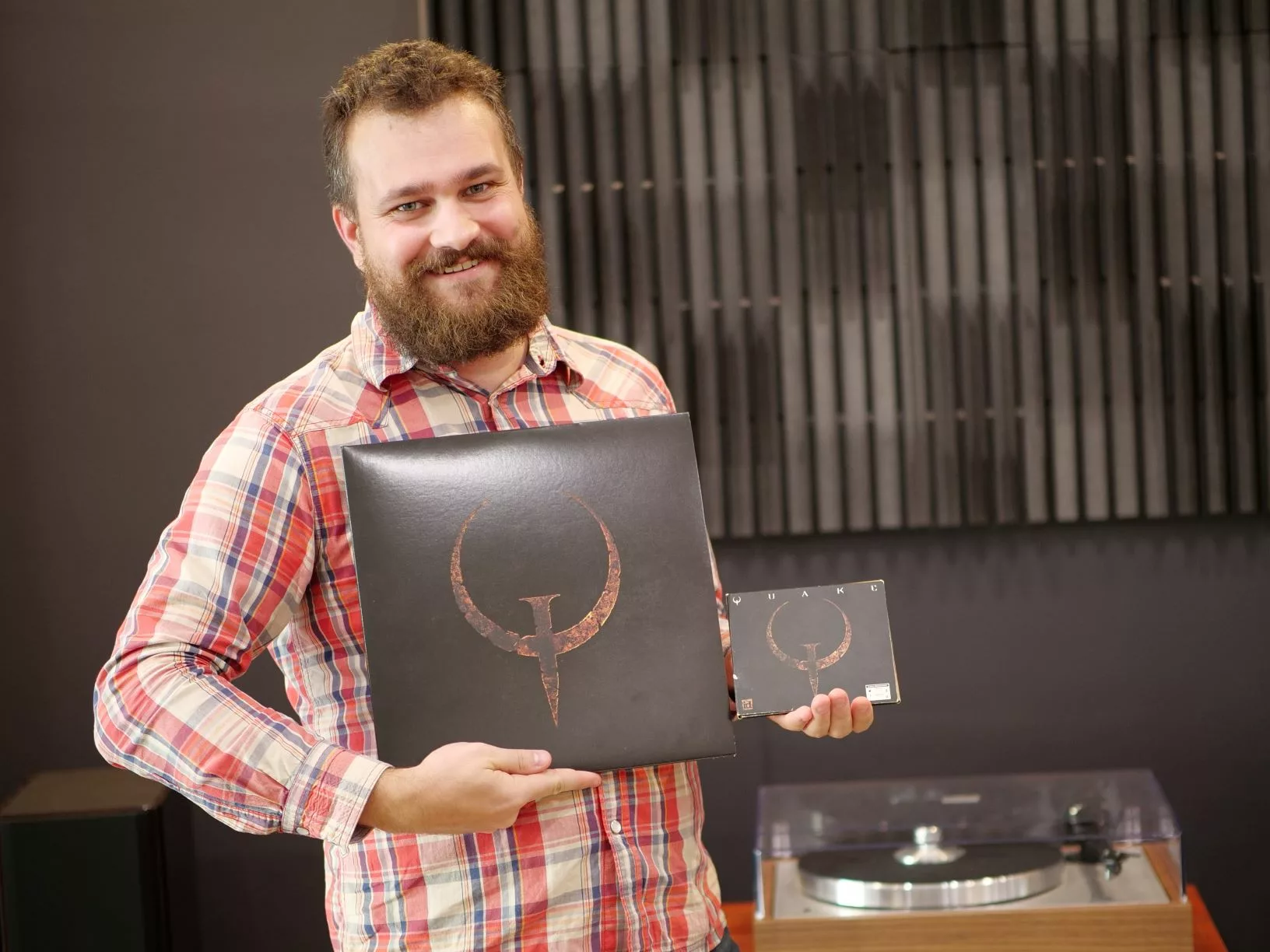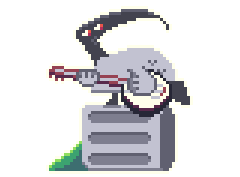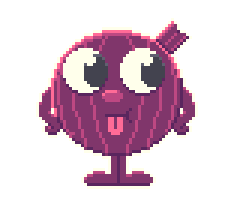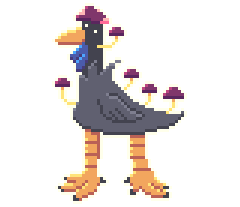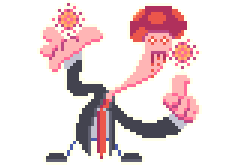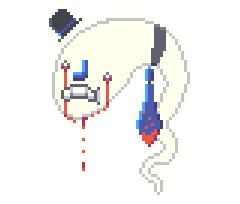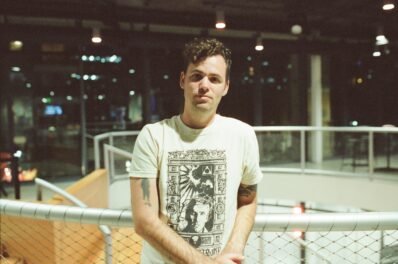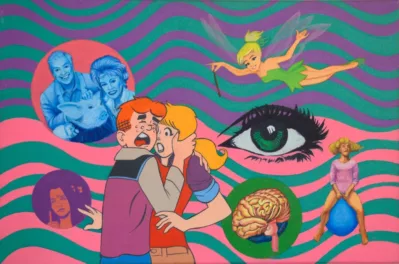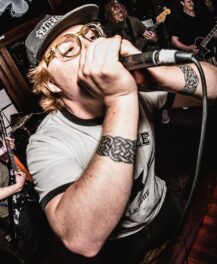A game 7 years in the making, part RPG, part Visual Novel, and all parts stupid. I talk to Daniel Elliott (owner of Visitors of Dreams studio) about the inspirations and process of making ‘Shooty and the Catfish: Fully Reloaded.’
First off, let’s start with introductions. Tell us who you are & a bit about what you do.
Sure, my name is Daniel, I am I guess a motion designer and video editor by trade, currently focused around Hi-Fi equipment at this particular point in my career, but in my down time I like to make weird animations, timelapse videos of clouds set to ambient droning sounds and odd little indie games, usually made in RPG Maker.
I guess I cover a lot of bases and I’m not really tied down to any one particular thing creatively.
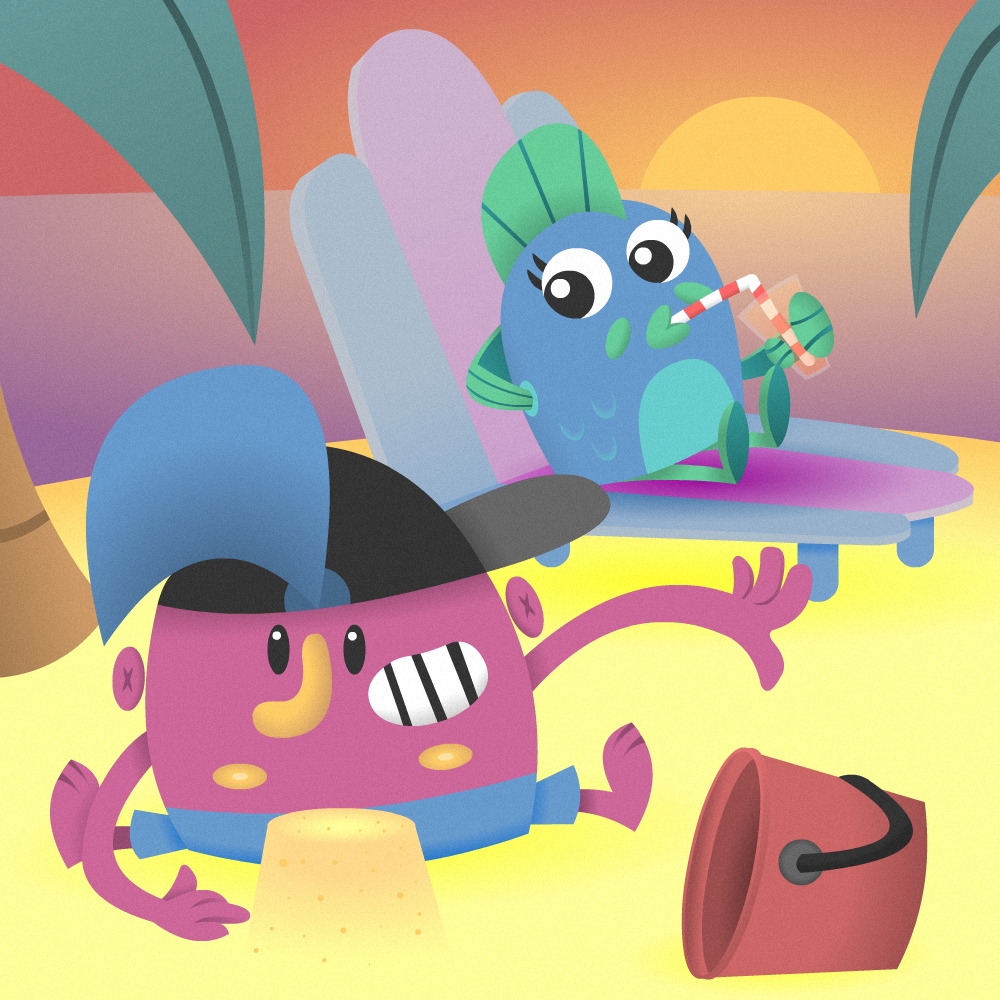
Your newest project is Shooty & The Catfish. Can you tell us about that?
Absolutely, Shooty and the Catfish was a series I came up with to pitch to The Frederator Network back when it was a viable youtube animation channel. I always liked the sound of Hootie and the Blowfish’s as a band name and for some reason I thought it would make for a good name about a duo of adventurers like Banjo – Kazooie, or Finn and Jake of Adventure Time fame.
With Frederator still riding high on the success of Adventure Time I had written a pitch that followed along the same lines since that was largely what they seemed to be looking for at the time.
I spent several months fleshing out this story about 2 monster hunters that in a very anime style fashion travelled around the world killing the gods of the old world, with the idea being in each episode they left the people they went to save in a worse state than what they found them in as the gods turned out to still be pretty important.
Of course, while all this was going on Youtube changed its algorithms to favor watch time over views and animation died on the platform overnight.
So what’s a guy to do? I ended up deciding to make the series into a game instead, my first ever game, a turn based RPG to be exact, not that I particularly care for the genre, but I had some experience with RPG Maker as a teen and knew it was an easy engine to come to grips with.
A game I had hoped to make in the span of 12 months ended up taking me 7 years, dropping almost all of the ideas from the original animated series pitch. I think it worked out for the best in the end.
Shooty and the Catfish, or Zaat as they ended up getting named (after the movie of the same name) stayed monster hunters, but almost everything around that premise ended up getting reworked. So did the art style, originally it was designed to look like a Gameboy game, then a Gameboy Color game, then finally I just tried to replicate my animation style in pixel art as best I could.
The game was originally planned to be episodic too and the first 2 episodes were released that way but in the end I decided to release the rest of the games along with a remastered version of the first 2 episodes as one big package.
Shooty and the Catfish might have been sold as a story about 2 monster hunters but in the end the real story was one of overconfidence, feature creep and bloat. I’m honestly surprised the game turned out anywhere near as well as it has.
I definitely have learnt a lot over its development.
Jeez… that’s a lot of text about the game without actually explaining anything… uhhh… You’re a party of two and you kill goofy monsters using a turn based menu driven combat system… how’s that?
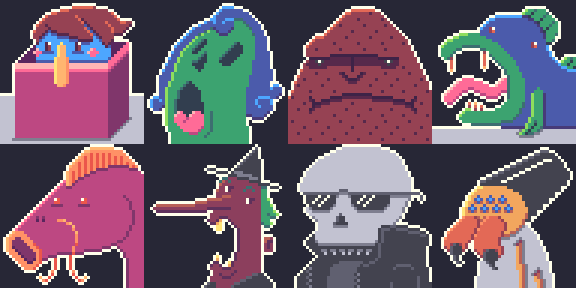
Since Hootie & The Blowfish were the inspiration for the name, were there any other outside influences that inspired the content of the game?
Oh absolutely, tonnes of inspirations. Adventure Time was a big influence on the games world, while my work has always had odd characters with little in the sense of context for their odd designs (something I largely tribute to The Muppets as an influence growing up for) it was Adventure Time that really showed me that sort of design philosophy could be brought together in order to create a cohesive world, and I think some of that inspiration really shows through in the games characters and world design.
In terms of actual game design inspiration, Shooty and the Catfish uses a resource based combat system that was largely inspired by the combat in Resident Evil 4. I love how tense that game can feel, especially when you’re short of ammunition, and while my game doesn’t provide that same degree of tension or challenge, it was still a big part of the mechanical inspiration for the project.
The other large inspiration was Demon’s Souls, I really love the wrap around map/level design found in the From Software’s Souls series and it’s something I wanted to try and replicate in a top down 2D form. A few of Shooty and the Catfish’s dungeons could even be viewed as very loose 2D interpretations of a number of Demon’s Souls levels in a way.
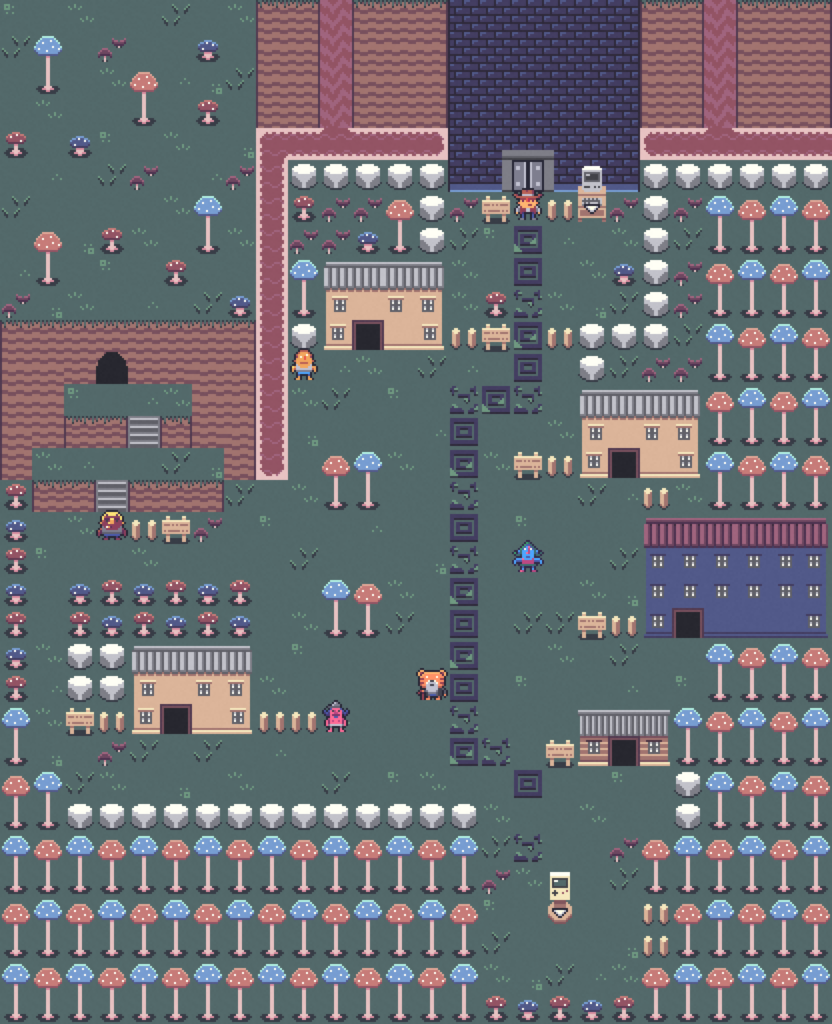
How does telling a narrative differ in game development from animated shorts?
Most of my shorts range in length from 1 – 3 minutes, so writing something that lasts around 5 hours is certainly a very different experience. I find it hard to get out of that animated shorts mindset and I think it shows in the games episodic nature.
I think if you were to cut out the actual gameplay from each episode you would probably only be left with 5 to 10 minutes of actual narrative per episode so in that regard it’s not really THAT different to what I have been doing with animation all these years, and I also peppered the game with a lot of small self contained vignette stories with the games’ NPCs as well which is probably even closer to my animation work.
Another difference is the fact you can explain aspects of the characters directly through gameplay mechanics, for example Shooty and Zaat have an option to run in combat but it’s greyed out and you can’t actually use it because, well they aren’t the sort of people to ever back down.
In an animation you might have the characters say something like not No Retreat No Surrender to make the point, but in gameplay you can state the characters intent just by removing the option to flee.
Along the same lines you can’t sell Shooty or Zaats older weapons as you get new ones, to me it helped reinforce the idea that they love what they do and value there equipment but most people seemed to think it was a bug, I think that’s an issue of conditioning created by the way modern games tend to treat these sort of gameplay elements though, taking the character out mechanics just to keep things easy for players.
(Some sprites of various in game characters from ‘Shooty and the Catfish.’)
Speaking of keeping things easy for players, how often are you considering player’s experience during the development process?
I try to keep it in mind as much as possible within the limitations of RPG Maker as an engine.
Something I regret was removing mouse support from the project, I just couldn’t get it working in a way I was happy with within my custom UI. The new version of RPG Maker (MZ) has much better mouse support in terms of clear visuals, I think more so as a way of making games in the engine more viable on mobile.
I probably could have handled tutorials better early in the game which is something I am aware of now for my next project. Certain choices like keeping maps relatively small, exploration grid based, NPC dialogue that isn’t key to the game’s narrative, that sort of thing, to me are about saving player time.
Likewise I wanted the soundtrack to be different to what most people normally associate with the RPG genre and that was to help make it a little more engaging in the context of combat and exploration, everything has a dance beat and I hope it subconsciously keeps people going through some of the more repetitive tasks like combat or exploration.
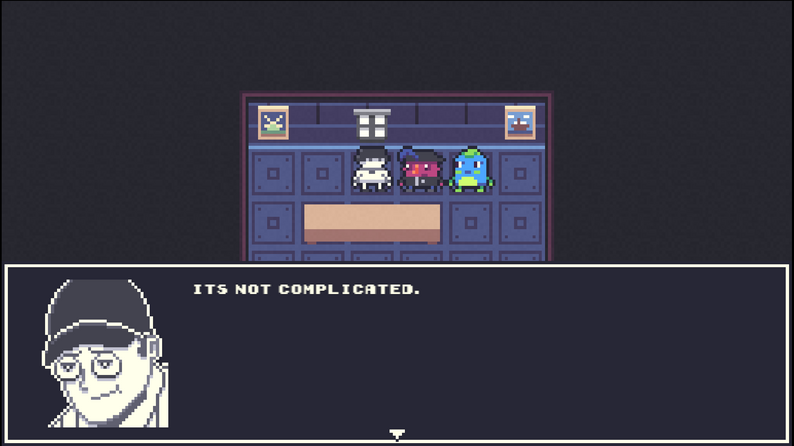
Shooty & The Catfish is also accompanied by a pretty awesome soundtrack. What can you tell us about that?
Oh man, well the soundtrack was handled in 2 parts.
There is the original soundtrack which makes up about 90% of the game’s music, this was all handled by an old schoolmate of mine. He was looking at getting back into Fruityloops and I was looking for music for my game and he just kind of did his own thing, I would just work out what tracks would best suit each part of the game afterwards.
Outside of giving him a couple of examples of music I liked he very much just did his own thing in his own time.
The second set of the soundtrack was handled by a lovely fellow in the states who goes by Special Agent Ape (listen to his stuff via https://agentape.bandcamp.com/).
He had previously worked on soundtracks to games like Soma Spirits and Brave Hero Yuusha. I approached him about doing 8-bit remixes of tracks from other RPG Maker games to be used in optional boss fights with 5 cameo characters and he was more than happy to get involved.
I think taken as a whole it’s a pretty fun and diverse soundtrack, and I really don’t know that many RPGs that employ an EDM soundtrack quite in the same way that Shooty and the Catfish does.
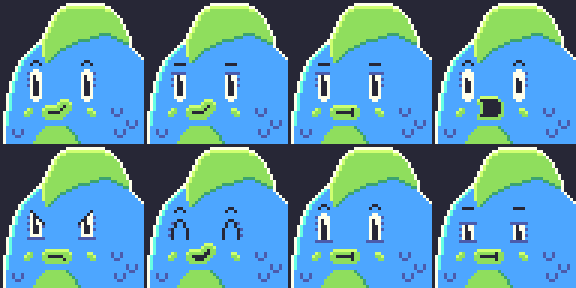
What advice would you give to anyone else currently or interested in making their own game?
I don’t know what to say other than just do it, it was something I sat on for years before finally committing with my first game Flatwoods and I am so glad that I did.
My only other piece of advice is start small, focus on game jams and the like (my most successful game is still a game made in 48 hours for a game jam). I think too many people have a grand story they want to tell as their first game but end up never finishing because it all seems so big, set small achievable goals and you will be amazed how much you can achieve, and how quickly you will grow as a creator.

You can play Shooty & The Catfish for free via the following link: https://visitorsfromdreams.itch.io/shooty-and-the-catfish-fully-reloaded
For more work from Daniel, his socials are below:
- YouTube: https://www.youtube.com/user/VisitorsFromDreams
- twitter: https://twitter.com/VisitorsDreams
- Instagram: https://www.instagram.com/gerkinman/
